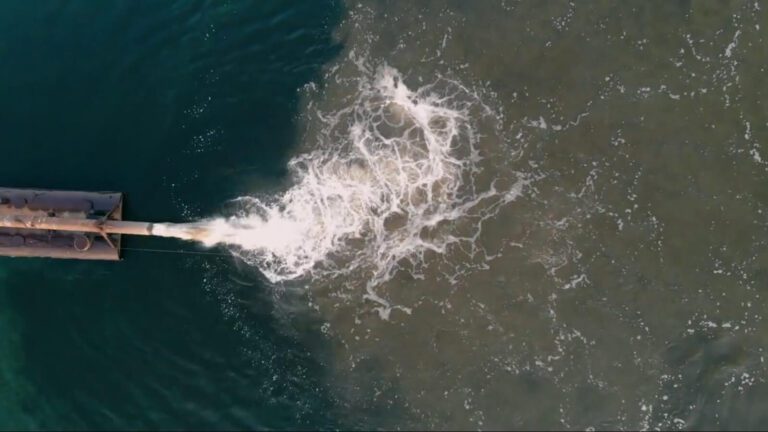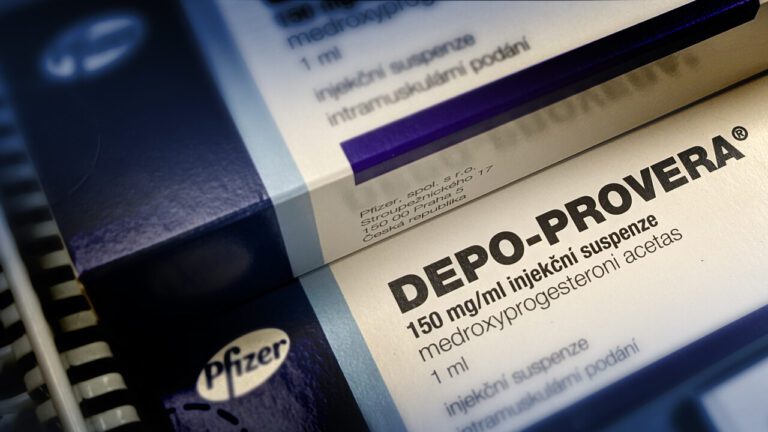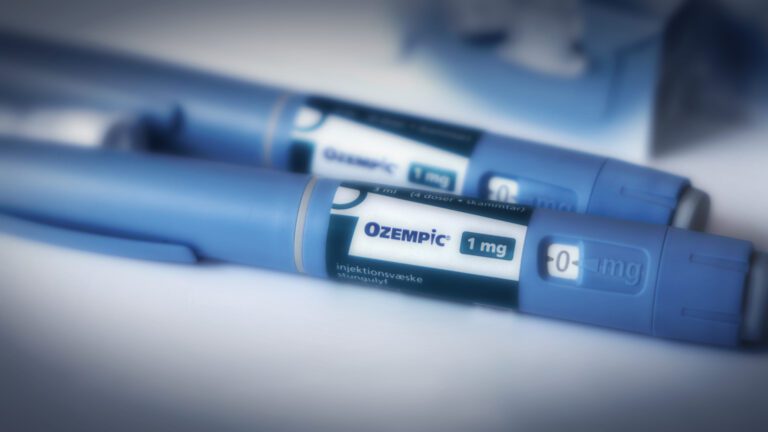
Cases
Our current case listing shows how our work continues the firm’s mission of “helping those who need it most.” If you need an experienced lawyer, call us today!
Acetaminophen
Auto Accidents
Auto Products
Auto Products Auto product lawsuits, also known as vehicle defect lawsuits, involve legal claims against manufacturers or sellers of vehicles…
Aviation Accidents
Camp Lejeune Water Contamination
Defective Tires
Depo-Provera
Depo-Provera We are investigating cases for individuals who were given Depo-Provera shots for at least 1 year and developed cerebral…
Hair Relaxers
Kratom
Kratom We are actively investigating cases of serious adverse effects reported by individuals who have consumed products containing Kratom. Medication…
NEC Baby Formula
Negligent Security
On-the-Job Injuries
Ozempic
Paraquat
Social Media
Talcum Powder
Truck Accidents
Ultra-Processed Foods
Ultra-Processed Foods We are actively investigating cases where ultra-processed foods are linked to type 2 diabetes and NAFLD, especially in…
Video Game Addiction
Video Game Addiction We are investigating cases of video game addiction caused by companies intentionally designing games to be highly…
Whistleblower
Whistleblower Whistleblowers are crucial in uncovering corporate misconduct and government fraud. These brave individuals can file lawsuits under laws like…




















